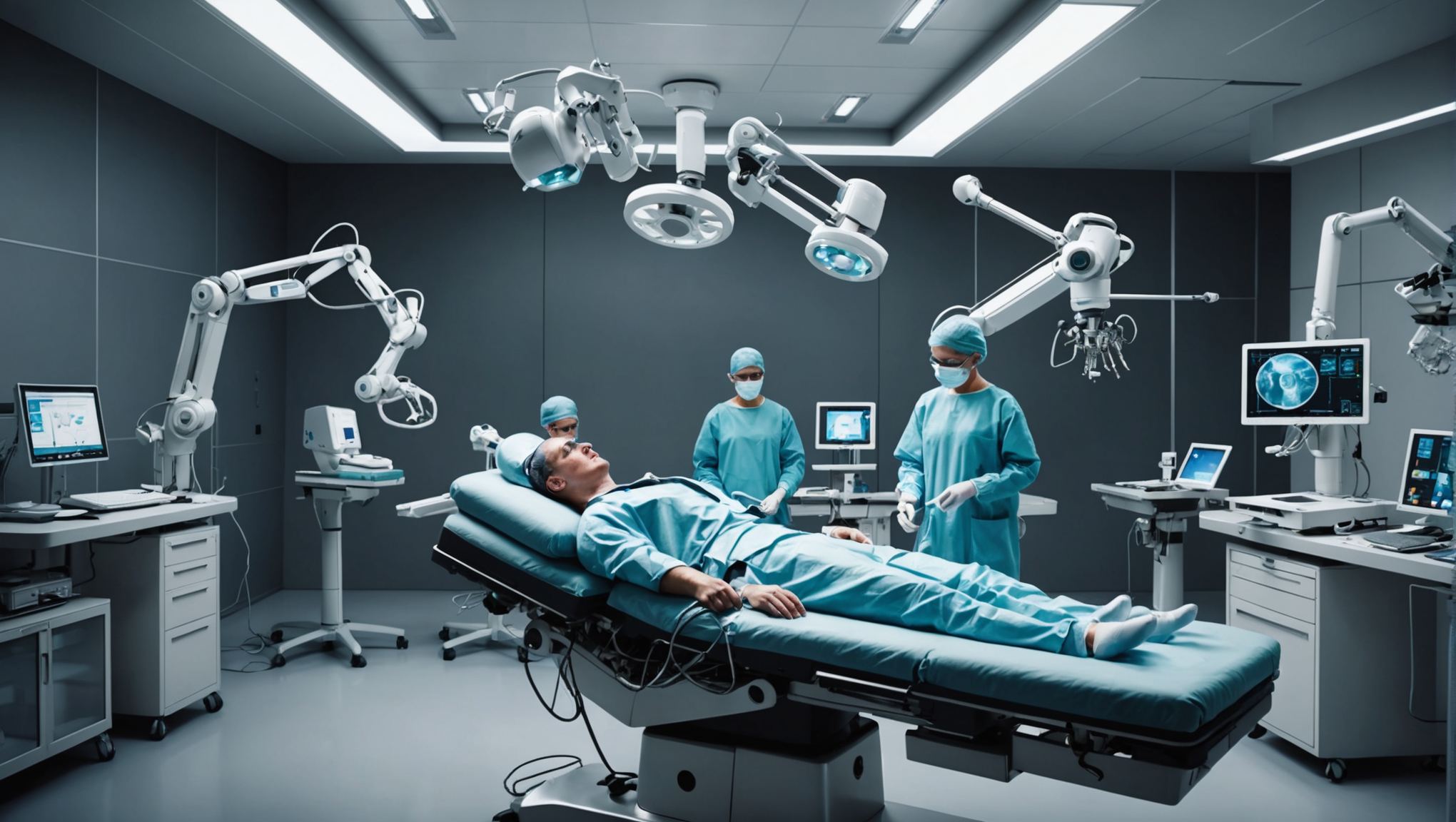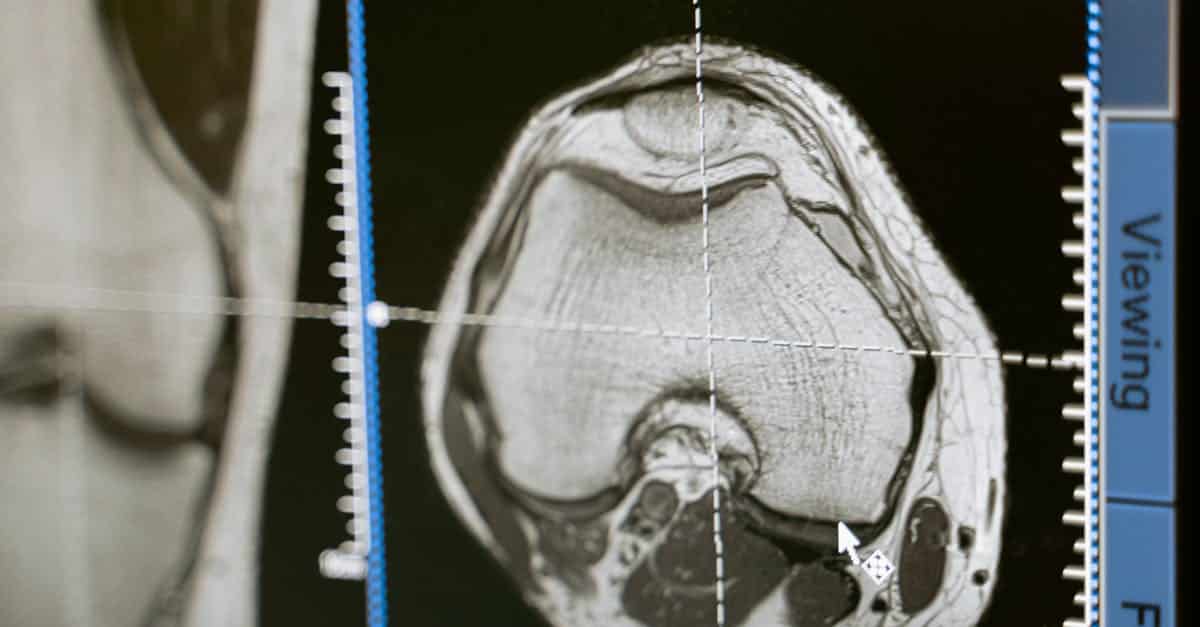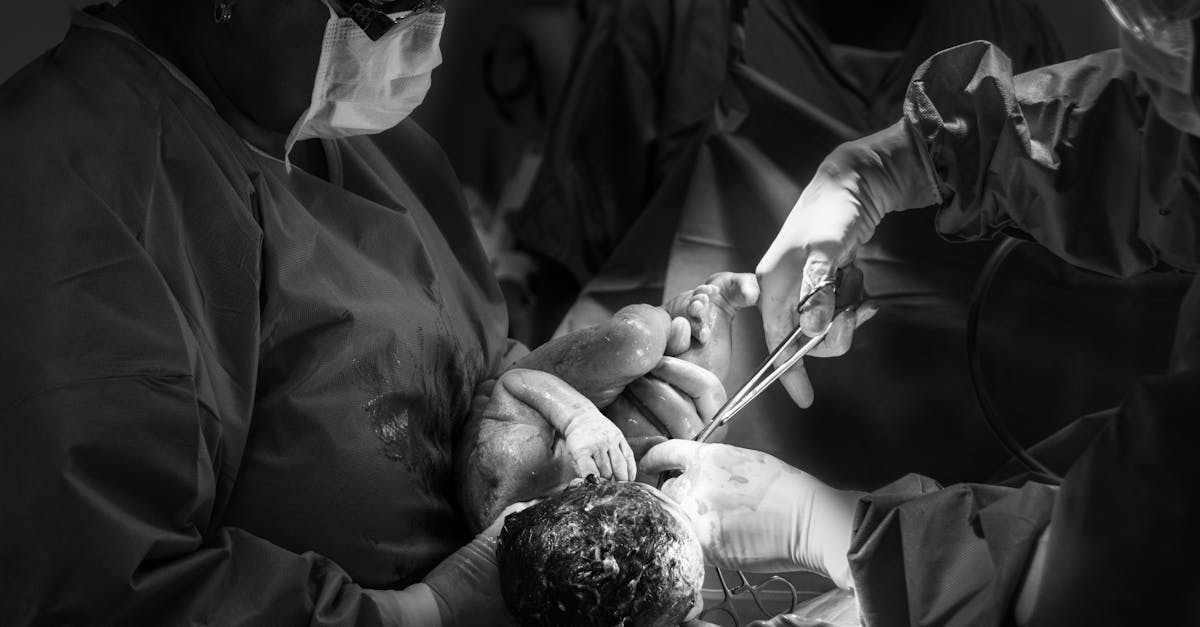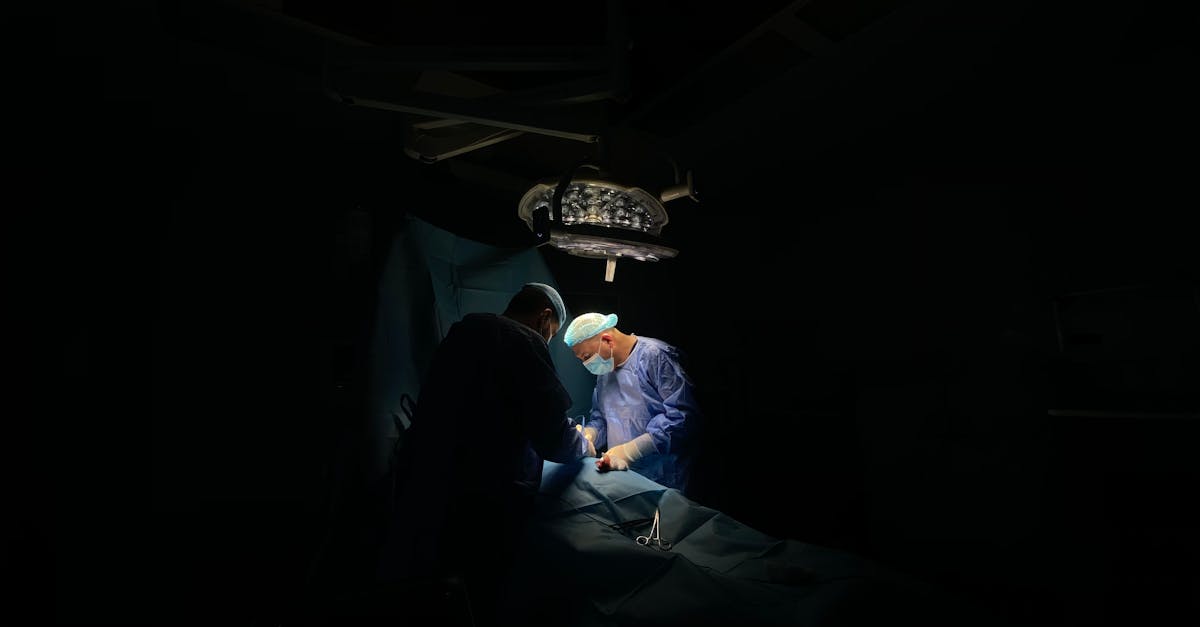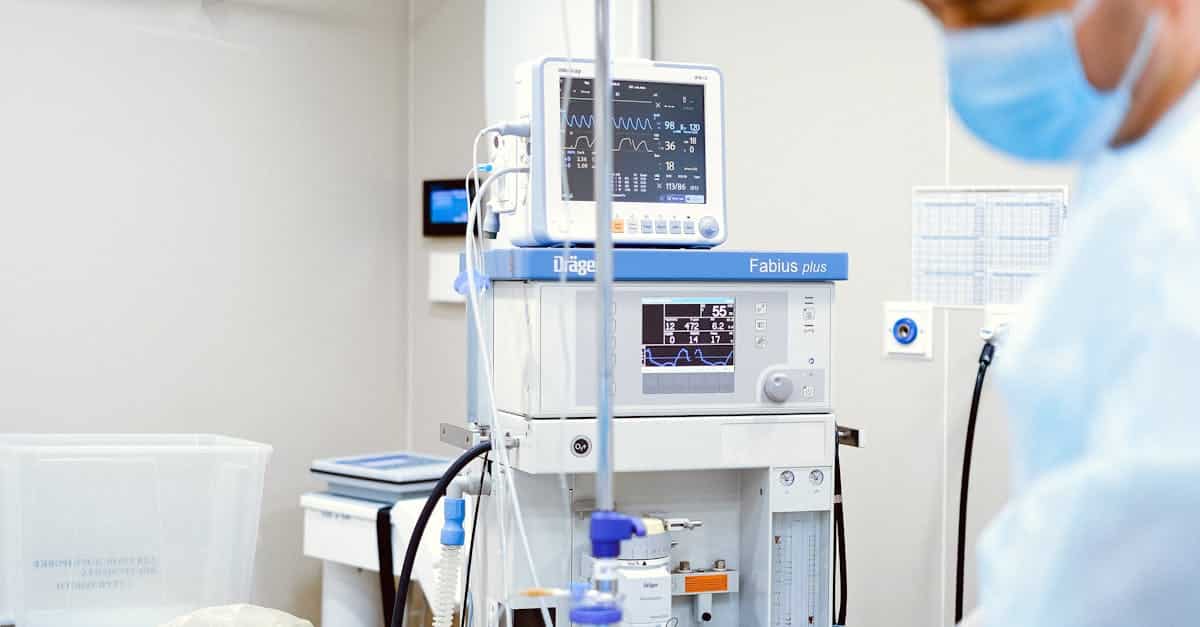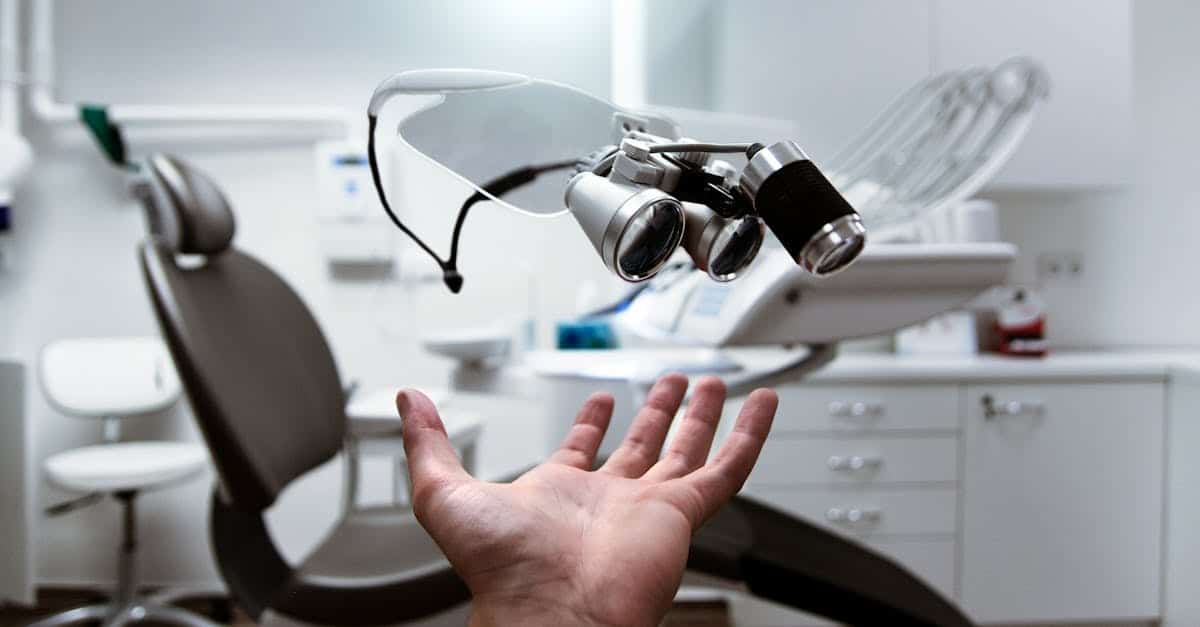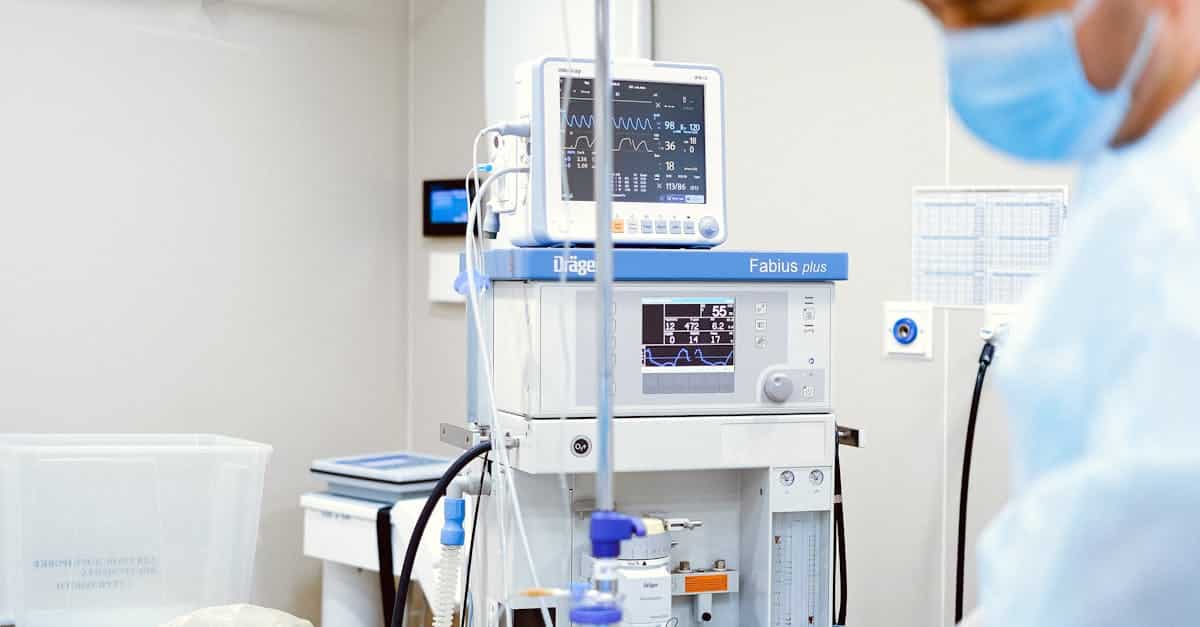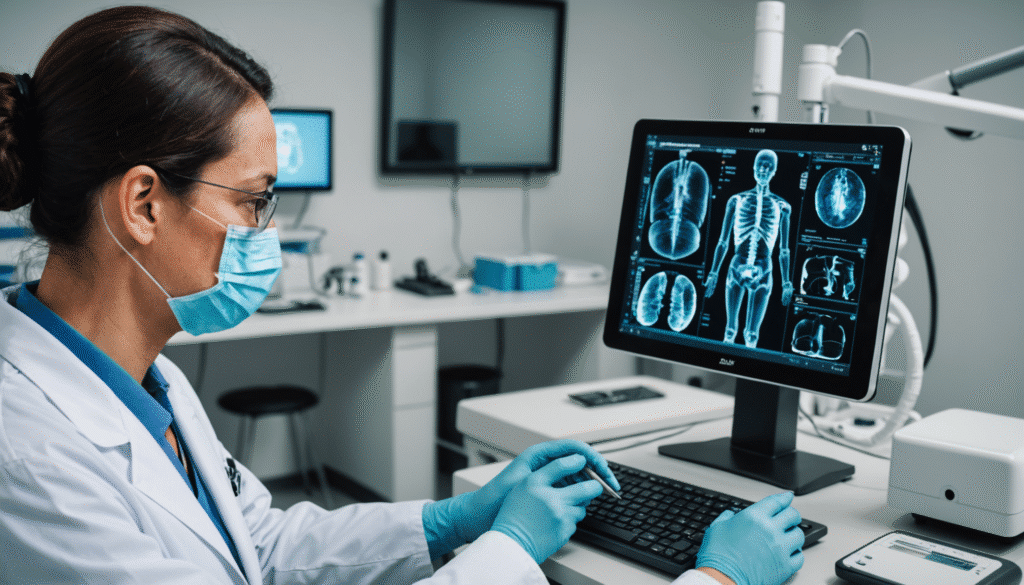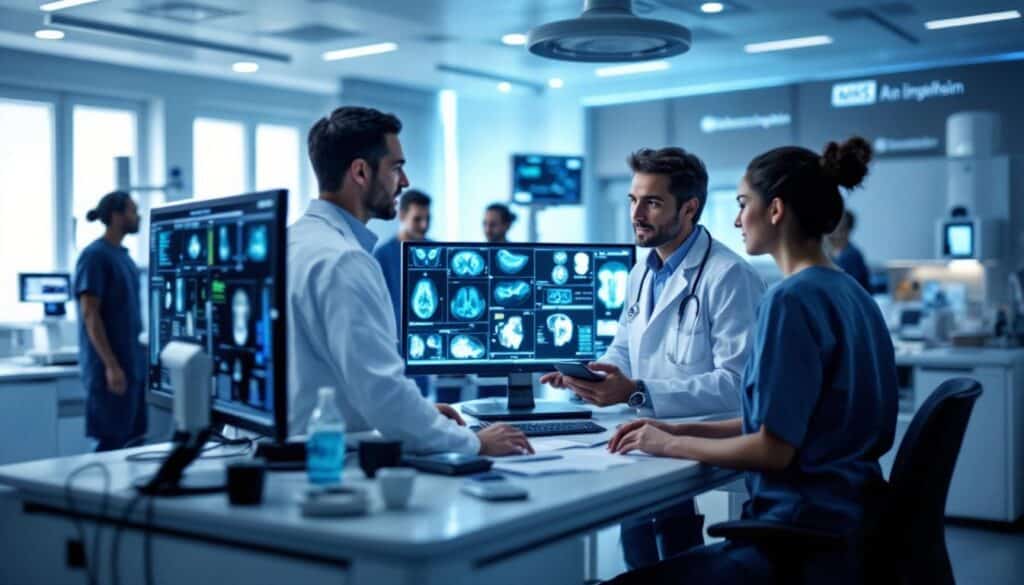The advent of surgical robotics marks a revolutionary step in the field of modern medicine. By combining medical expertise and cutting-edge technologies, these innovations pave the way for procedures that are more precise, less invasive and offer reduced recovery times for patients. At the heart of technological challenges current, France is committed to repositioning itself as a leading player thanks to the Grand Défi “Robotics in surgery / Augmented block”. This ambitious project aims to develop surgical robots capable of performing complex operations in varied environments.
This development is based on a synergy between specific clinical needs and cutting-edge research. THE benefits of robotics in surgery are undeniable, but they are accompanied by challenges significant, such as the adaptation of hospital structures and the continuing training of medical teams. By exploring the future prospects and constraints inherent to this technology, it becomes essential to understand how robotics can transform surgical practices while responding to public health challenges.
There surgical robotics represents a major advancement in the field of medicine, providing innovative solutions to improve the precision and efficiency of medical procedures. With the emergence of new technologies and increasing investments in this sector, robot-assisted surgery is becoming more and more common. This nevertheless raises a number of technological challenges that require careful attention to fully realize the potential of this technology. This article explores recent innovations as well as the challenges facing the surgical robotics.
Recent innovations in surgical robotics
Technological advances in the field of surgical robotics are impressive. Recent studies show that the use of robots in operating theaters has led to a significant reduction in post-operative complications, a shorter hospital stay and improved patient satisfaction. For example, a study conducted in 2022 found that patients who underwent robotica-assisted surgery had a 25% reduction in post-operative pain compared to traditional surgery.
One of the most notable examples of surgical robotics is the Da Vinci system, which allows surgeons to perform complex procedures with increased precision thanks to its robotic arms. The system also incorporates high-definition 3D vision technology, allowing doctors to view surgical areas with unparalleled clarity. The combination of such vision and unprecedented dexterity offers new perspectives in fields such as urological, gynecological and even cardiac surgery.
However, innovation is not limited to current technologies. Emerging companies are investing massively in the development of surgical robots integrating artificial intelligence (AI) capable of analyzing data in real time. For example, Mendaera recently raised $73 million to develop a wearable robotics platform, highlighting the importance of mobilizing resources for innovation in this sector. This opens new perspectives for personalizing care adapted to the specific needs of patients.
Technological challenges of surgical robotics
Despite significant progress, the surgical robotics is not without challenges. One of the major challenges concerns the cost of robotic systems, which can prove prohibitive for many healthcare establishments, especially in developing countries. The need to equip hospitals with these cutting-edge technologies represents a significant investment, both in terms of purchasing machines and training staff.
Another challenge is ensuring the seamless integration of robotics with other technologies used in medicine. Robotics systems must work seamlessly with existing medical equipment such as medical imaging and patient monitoring devices. This need for harmonization requires extensive research and testing to avoid any malfunction during surgical procedures.
Furthermore, the question of responsibilities is also essential. If complications arise during a robot-assisted operation, it is essential to determine whether the fault lies with the surgeon, the robotic system, or a technical failure. This dilemma raises ethical and legal concerns that must be addressed to promote widespread adoption of these technologies.
Future perspectives and practical recommendations
As the surgical robotics continues to evolve, it is essential that healthcare professionals, technology developers and policy makers work together to overcome these challenges. A low-key approach could be to invest in training programs for medical staff, enabling them not only to master the use of robots, but also to adapt to rapid changes in technology.
Other recommendations include establishing partnerships between healthcare institutions and technology companies to co-develop tailored solutions that meet the specific needs of hospitals, while complying with safety and efficiency standards. These synergies could promote significant progress in the field of medical robotics and thus propel France among the world leaders in robotic innovation.
Finally, to navigate the future, it is crucial to integrate a patient-centered approach in the development of robotic technologies. This approach will make it possible to anticipate the needs of patients and clinicians, while optimizing the impact of the proposed innovations. In the end, the surgical robotics promises to transform the medical landscape, but proactive collaboration and strategic planning will be essential to overcome existing challenges and realize its potential.
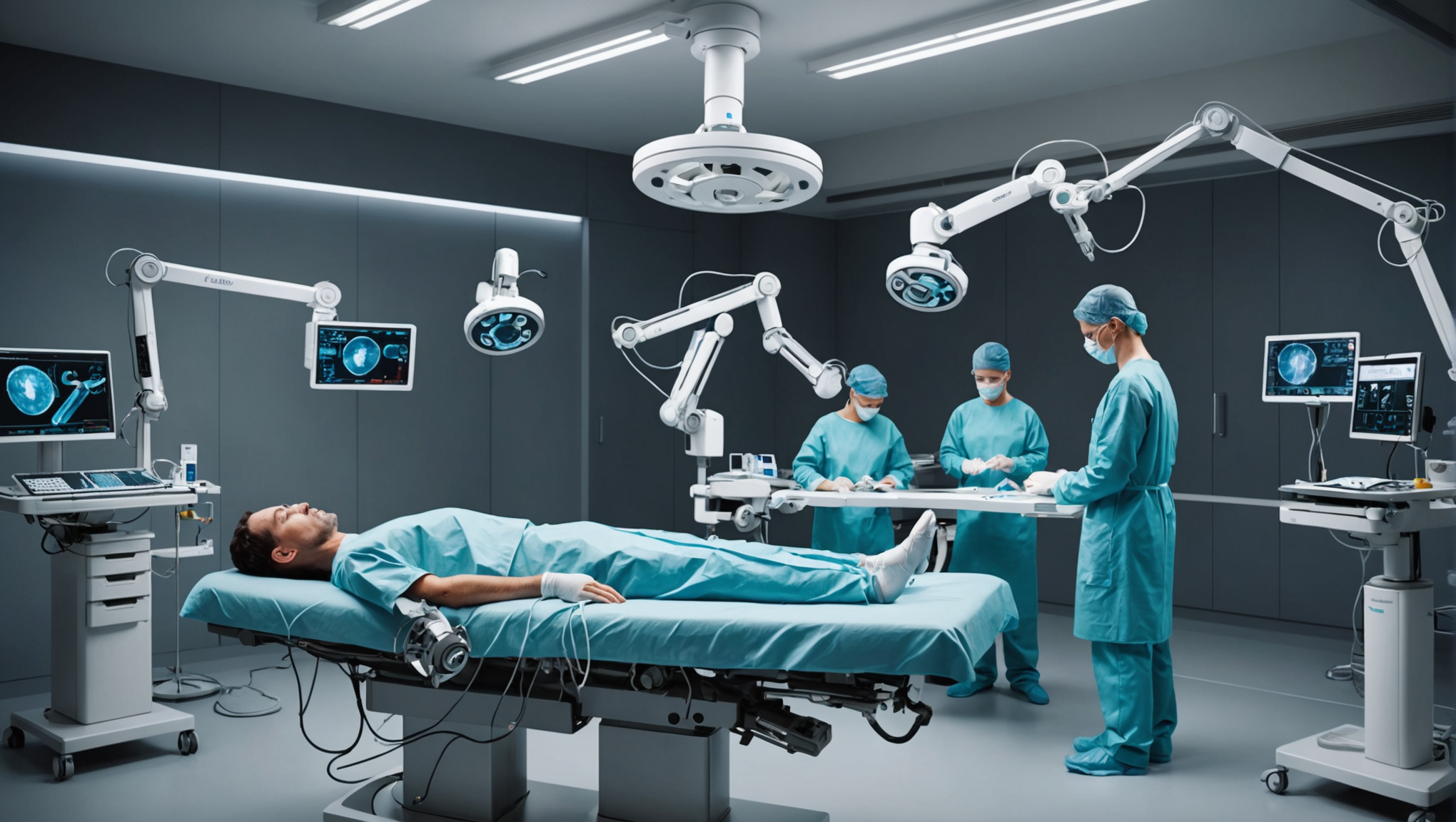
#Actualité 🤖 | "La robotique chirurgicale qui scanne, entend, sent et agit" : le projet de #recherche international FAROS vise à améliorer le comportement autonome des #robots #chirurgicaux @Sorbonne_Univ_ @KingsCollegeLon @KU_Leuven @UZH_chess
— ISIR – Robotique (@ISIR_labo) January 25, 2021
👉 https://t.co/lpwxY88A37 pic.twitter.com/Oec8vQSKAJ
Surgical Robotics FAQ: Technological Innovations and Challenges
What is surgical robotics? There surgical robotics is the use of automated systems to assist surgeons during medical procedures, allowing for greater precision and control.
What are the advantages of robotics in surgery? Robot-assisted surgery offers advantages such as smaller incisions, a reduction in post-operative pain, faster recovery and one increased precision during operations.
What technological challenges does surgical robotics face? The main challenges include the development of more advanced technologies, synchronization of movements and the need for a specialized training for surgeons.
How does robotics contribute to medical innovation? There medical robotics allows the creation of new surgical techniques, promotesautomation and helps to optimize medical procedures.
What recent progress has been made in this area? Initiatives such as the Grand Challenge “Robotics in surgery / Augmented block” were launched to bring out new technologies for the benefit of modern surgery.
How is robotics influencing the future of healthcare? Thanks to innovations like artificial intelligence-assisted surgery, robotics is transforming the way care is provided and augurs well for unlimited possibilities for the medical future.
What roles does real-time data play in surgical robotics? L’real-time data analysis makes it possible to improve the precision of surgical interventions and provide care more adapted to the needs of patients.

